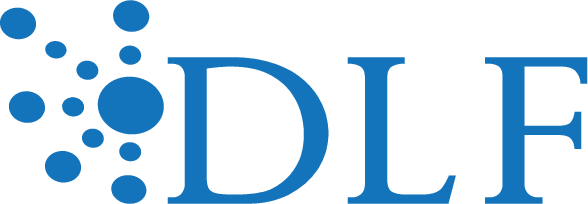Session Type: Working Session
Session Description:
In the last decade, the scholarly communication landscape has shifted. A lot. And not just because of digital and networked technology or new information policies or the open access movement, but also because of a rise in publishing programs based in college and research libraries. As noted in a series of reports from the Association of Research Libraries (2008), Ithaka S+R (2007), the Scholarly Publishing Academic Resources Coalition (2009) and the Institute of Museum & Library Services (2012), libraries “have begun to expand their role in the scholarly publishing value chain by offering a greater range of pre-publication and editorial support services” (IMLS, pg. 5). This is a new role for libraries and librarians when you think of them as purchasers and organizers of content and collections. However, it’s not too far off when you think of them as builders and curators of digital libraries. Certain similar skill sets and tools are required: market analysis and needs assessment, project management, web design, layout, and proofreading, robust technical infrastructure and metadata standards, good relationships with authors, creators, and vendors, copyright and contract expertise, etc. This forum will utilize the experiences at the Marriott and Quinney Libraries at the University of Utah as a starting point to discuss these larger topics and build on the New Modes of Publishing meeting held at last year’s DLF Fall Forum. Whether you are an established or experimental publisher, a software developer, a scholarly communications or digital librarian, or someone generally interested in new library services, attend this session. Come prepared to participate in the discussion and share your own experiences.
Topics For Discussion
1. Understanding Our Clients’ Needs:
How do we understand the needs of the academic community for non-traditional publishing? How do we organize requests and prioritize/initiate projects?
2. Exploring New Publishing Technologies:
What are the pros and cons of the available publishing software? What is the proper data model? How do we facilitate re-purposing this content into multipledistribution channels?
3. Connecting With Our Audience:
How do we promote, publicize, market our publications? How do we get our content in front of our targeted readers?
Univ. of Utah Pilot Projects
We have launched a number of pilot projects to further explore these topics:
• We are partnering with Oxford University Press to publish a website that will complement the traditional manuscript that Oxford will publish.
• We are financially supporting open access publishing for our faculty by funding their author fees for OA journals, then publishing the articles produced from this funding in our own campus-wide Open Access journal.
• We are publishing several campus journals using our Open Journal System (OJS) installation.
• We are beginning to investigate potential solutions for crowd-sourcing metadata.
• We have a print-on-demand device (EBM) and are actively exploring ways to increase its use with materials published digitally.
• We are repackaging a Libguide, originally developed for an Honors Think Tank course on social media privacy and transparency into an interactive monograph.
Session Leaders:
Valeri Craigle, S.J. Quinney Law Library, University of Utah
John Herbert, J.W. Marriott Library, University of Utah
Anne Morrow, J.W. Marriott Library, University of Utah
Allyson Mower, J.W. Marriott Library, University of Utah
Session Notes:
View the community reporting Google doc for this session!
